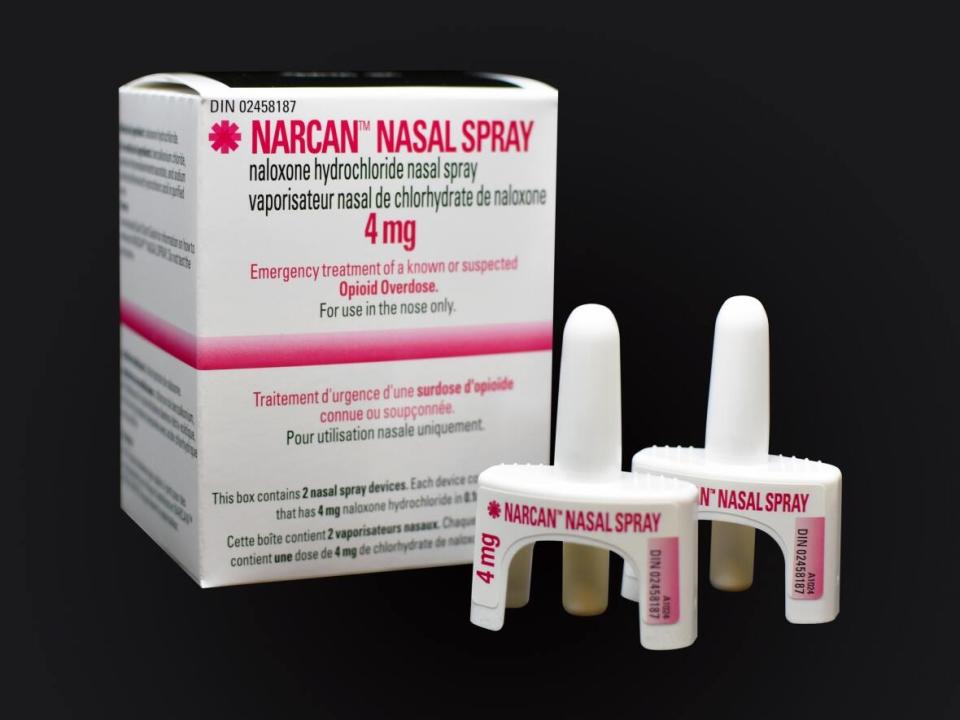15 people died from drug overdoses in N.W.T. from 2016 to 2021

One of the most toxic opioids was detected in Hay River, N.W.T. earlier this month, but health officials say carfentanil was not a factor in drug-related deaths from the past five years.
Dr. Kami Kandola, the Northwest Territory's chief public health officer, and Dr. Katie Kessler, N.W.T. deputy medical director, appeared Tuesday morning on The Trailbreaker with host Loren McGinnis.
Kandola said that from 2016-2021 there were 15 overdose deaths in the territory.
In 2022, there were three possible deaths related to overdoses that Kandola said the coroner is examining.
Across Canada, almost 23,000 Canadians died "due to apparent opioid toxicity" from January 2016 to March 2021, according to a study in the parliamentary library.
The same study shows that in 2020, 2,430 of those deaths were in Ontario alone and 1,752 were in British Columbia. In 2020 there were six opioid-related deaths in the Yukon, three in the N.W.T. and no data on how many were in Nunavut.
Signs of an overdose
Some early warning signs of overdose, Kessler said, includes the individual becoming dizzy, confused or having difficulty walking or talking. Their pupils may get small, their skin may get clammy and cold, and she said those signs later escalate to lips and nails turning blue, choking or slowed breathing.
For anyone afraid of reporting an overdose for fear of repercussions, the Good Samaritan Drug Overdose Act protects those involved from being charged for possession of a controlled substance. The federal act is to encourage people to call for help if they witness or experience an overdose.
"What's most important," Kessler said, "is saving someone's life."

The pair reminded residents that Naloxone kits, also known as Narcan, are available at all community health centres, hospitals and community pharmacies across the territory.
The antidote drug temporarily blocks opioid receptors in the body, however the opioids last longer than Naloxone and so they must be used in addition to calling for help.
Instructions on how to use the kits can requested by the professionals who dispense them.
Kessler also said that Naloxone won't hurt anyone and should be administered if there is any doubt about whether someone is experiencing an overdose.
Asked about harm reduction initiatives, Kandola said there are no safe consumption sites in the territory but that there is an opioid maintenance therapy program run out of the Yellowknife Primary Care Centre.
She said that the N.W.T., like the rest of the country, is watching British Columbia's new drug decriminalization laws.
Kandola said that territorial health officials are "really interested in the outcomes," although "the toll of overdose deaths in B.C. is significant," while the N.W.T. is "about half the national average."
Still, "that can change very quickly," Kandola said.

